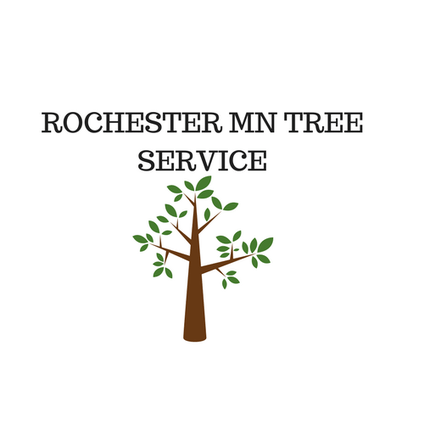When it comes to storm preparedness, ensuring the resilience of your trees plays a vital role in mitigating potential damage. Tree trimming, aimed explicitly at reducing wind resistance, is a preventative action that can significantly reduce the risk of tree-related issues during severe weather. In this guide, we’ll delve into the importance of tree trimming in storm preparedness and how it contributes to reducing wind resistance.
Reducing Wind Resistance:
The primary goal of tree trimming for storm preparedness is to minimize wind resistance, a critical factor during severe weather conditions. Trees with dense or overgrown canopies create more surface area for the wind to impact, increasing the risk of branches breaking or the entire tree uprooting. Strategic trimming helps open up the canopy, allowing wind to pass through more efficiently and reducing the force exerted on the tree.
Proactive Pruning Techniques:
Proactive pruning techniques play a crucial role in achieving effective wind resistance reduction. It involves selectively removing weak, diseased, or crowded branches. Thinning the crown of the tree allows for improved ventilation, avoiding the accumulation of surplus wind force. Professional Tree Service providers employ industry-best practices to identify and address specific issues in a tree’s structure, ensuring it can withstand strong winds more effectively.
Weight Distribution:
Another aspect of tree trimming for storm preparedness involves managing the weight distribution within the tree. Removing excess weight from branches, especially those with overgrown foliage, decreases the strain on the tree during storms. A balanced weight distribution helps prevent the uneven loading of branches, reducing the likelihood of breakage and enhancing the overall stability of the tree.
Preventing Uplifting:
Uplifting, where wind forces lift the tree’s roots from the soil, is a common issue during storms. Proper tree trimming addresses this by focusing on the lower branches and removing any deadwood or branches with weak attachments. By reducing the wind’s ability to catch in the lower parts of the tree, the risk of uplifting is lessened, ensuring the tree remains securely anchored.
In conclusion, tree trimming for storm preparedness, explicitly targeting the reduction of wind resistance, is a proactive measure that significantly enhances the resilience of your trees during severe weather conditions. By employing strategic pruning techniques, managing weight distribution, and preventing uplifting, trees can better withstand the forces of strong winds. Seeking the expertise of a professional Tree Service is advisable for a thorough assessment of your trees and the implementation of tailored trimming practices to ensure their health and structural integrity in the face of storms. Prioritizing tree cutting as part of your storm preparedness strategy contributes to a safer and more secure outdoor environment.
